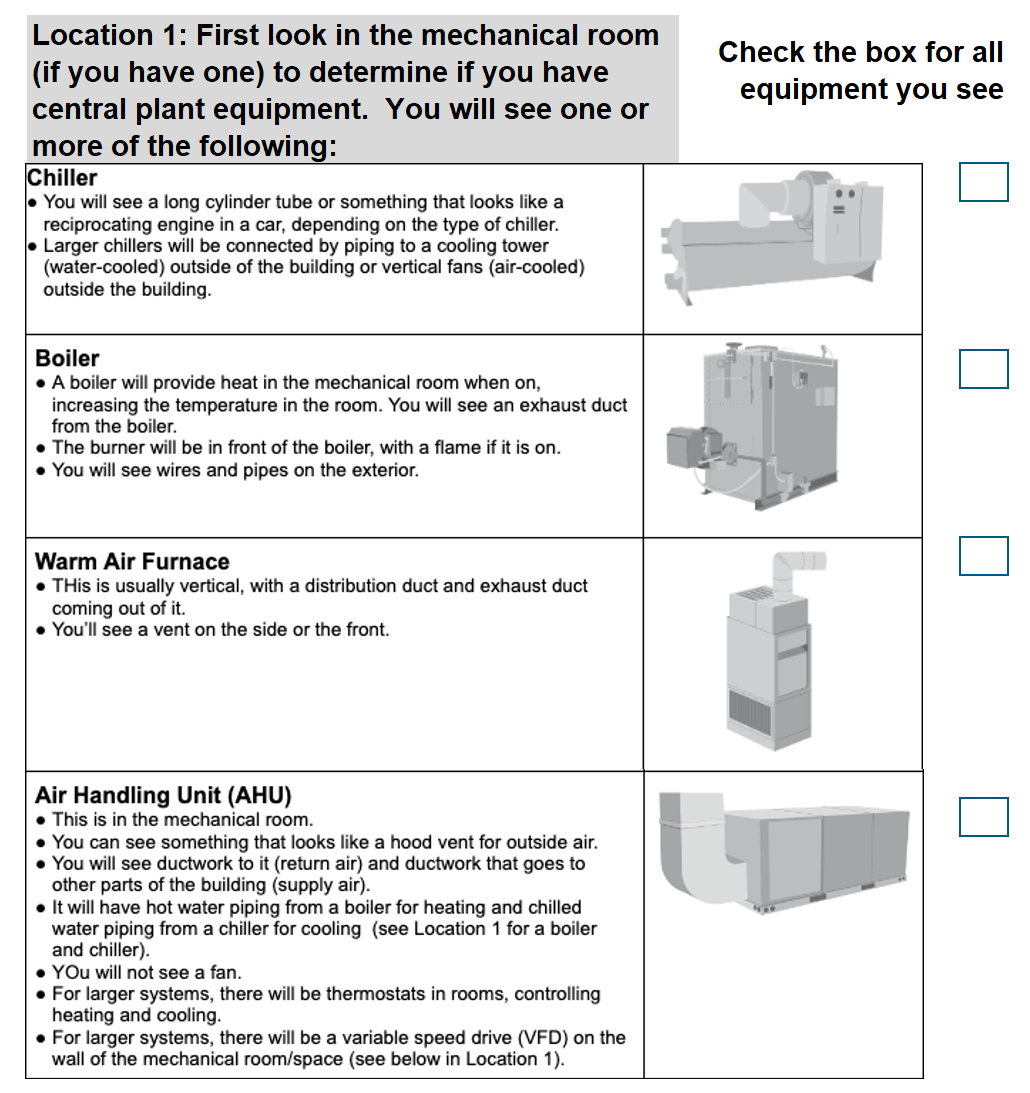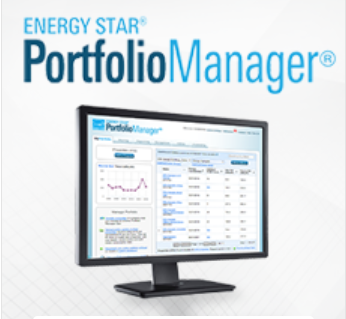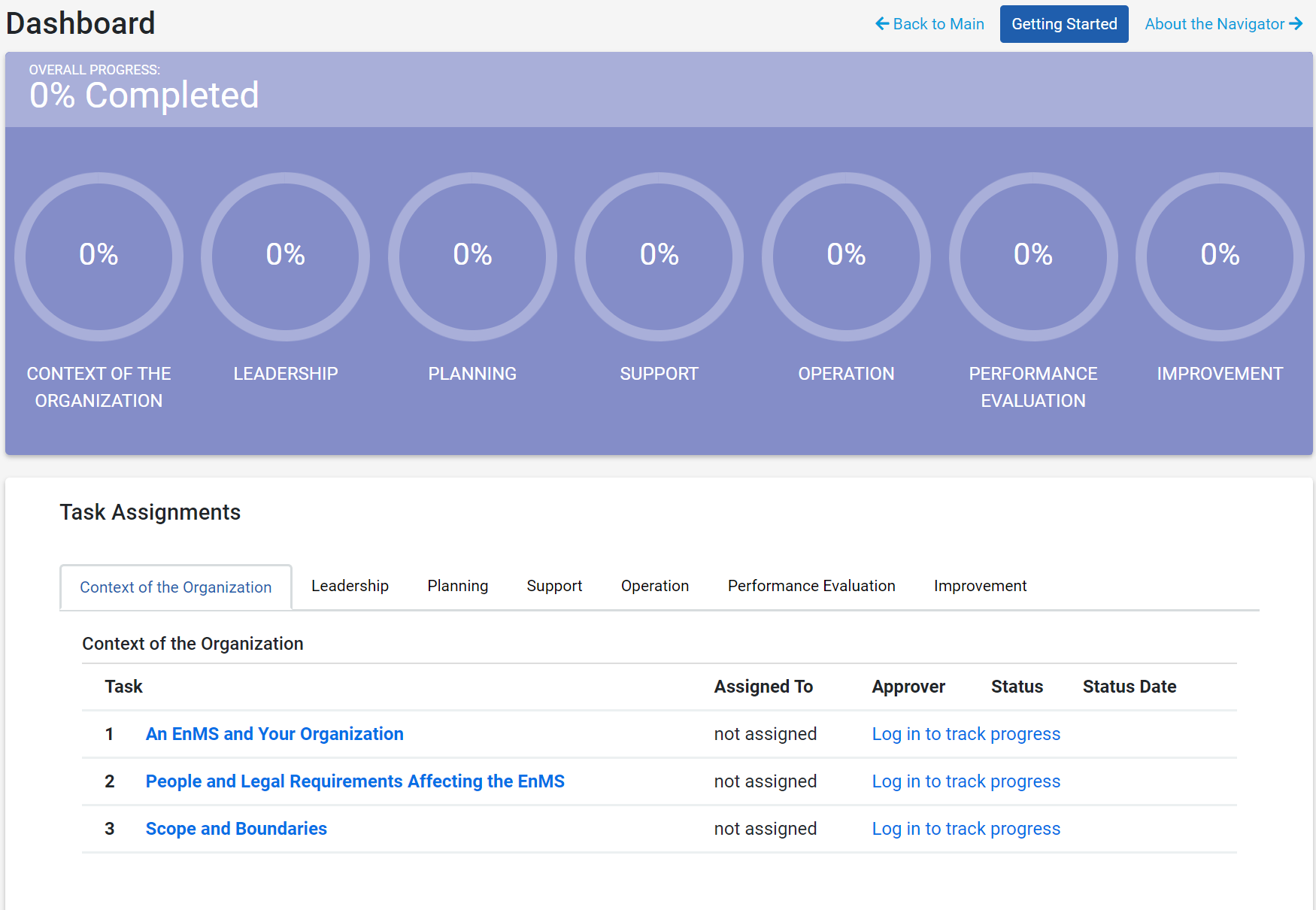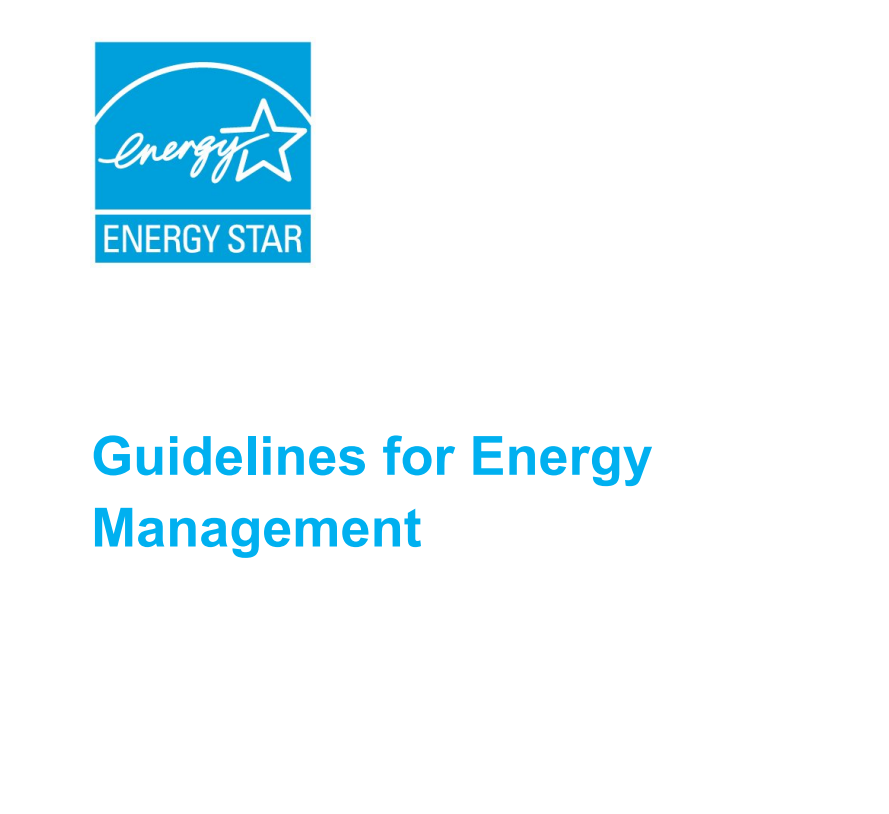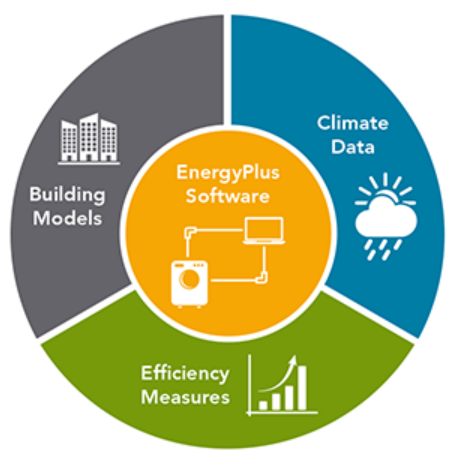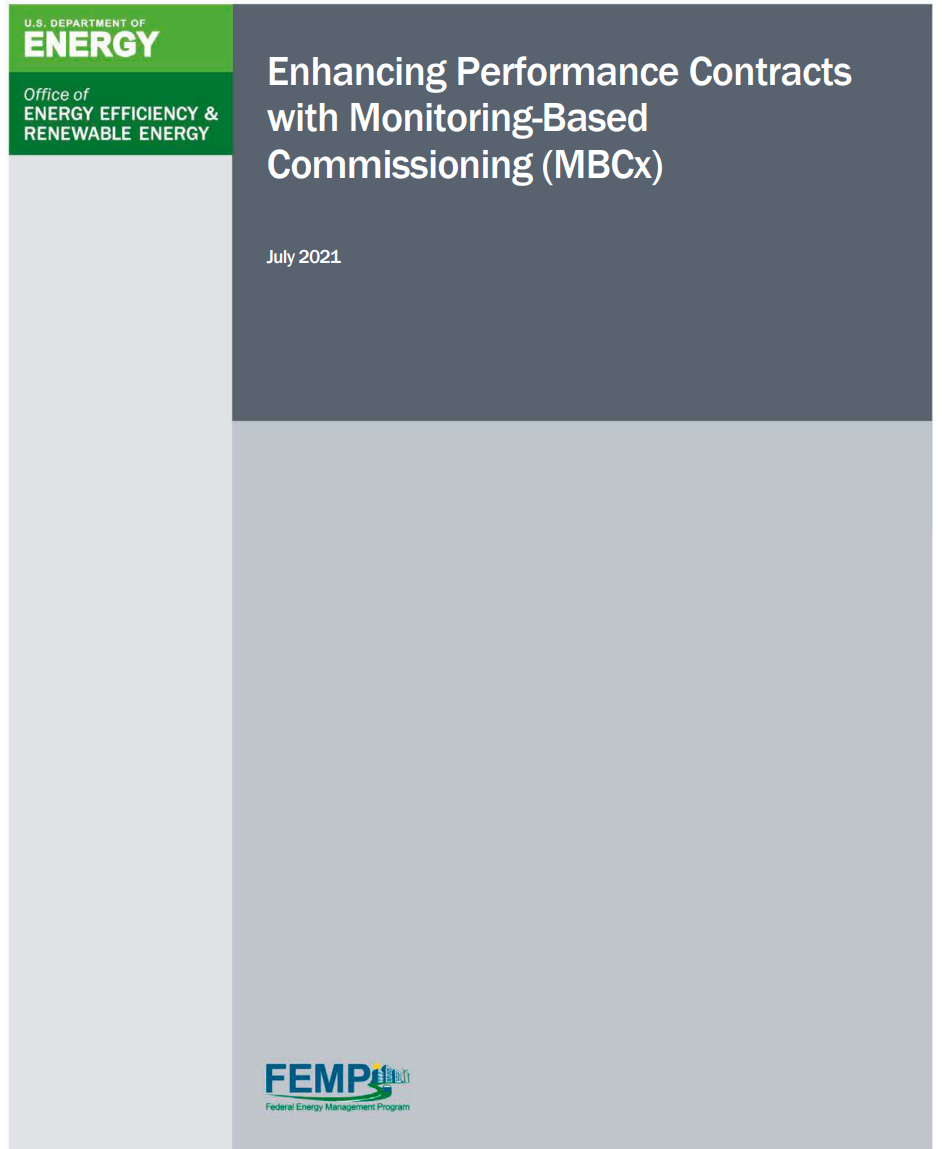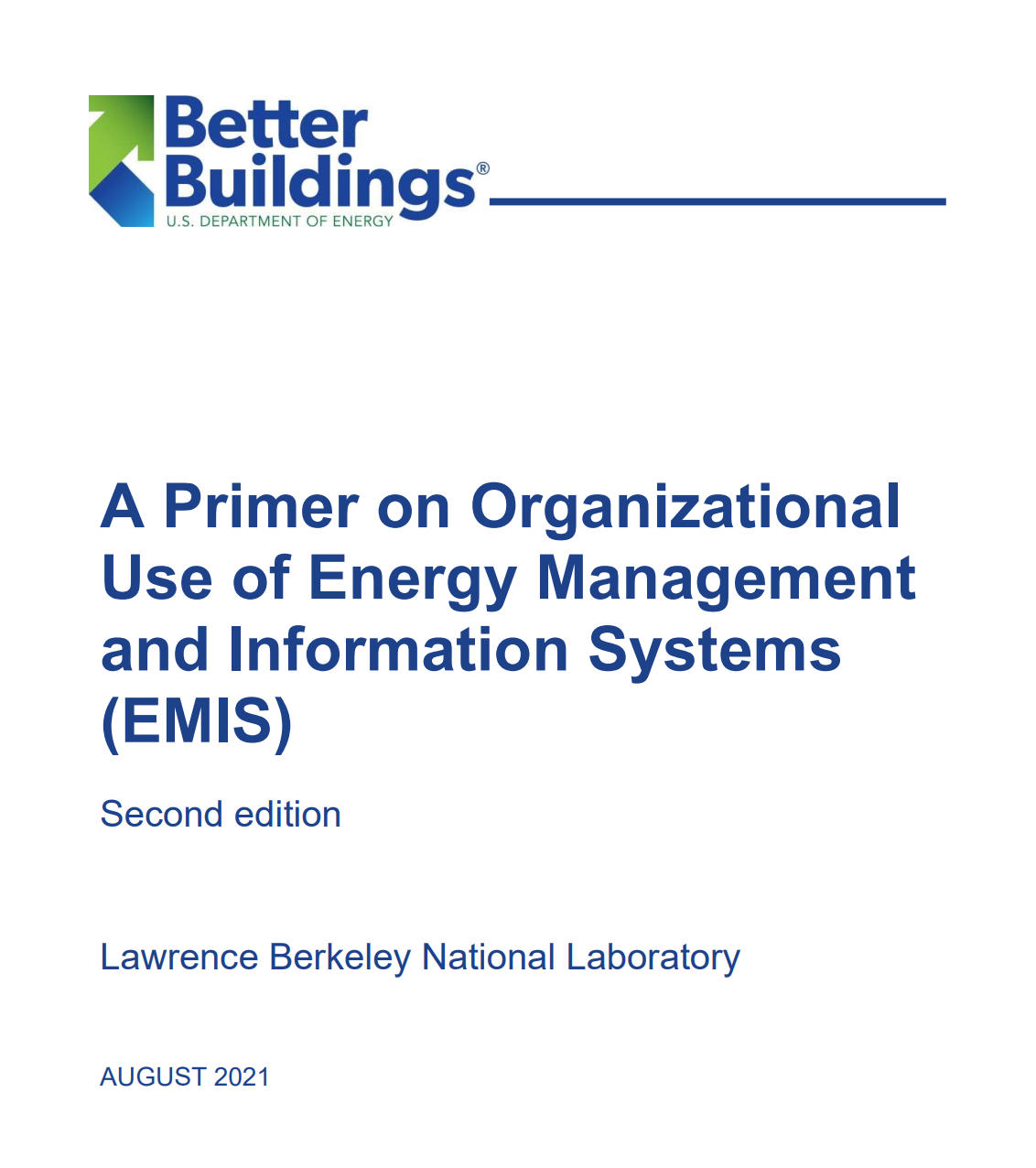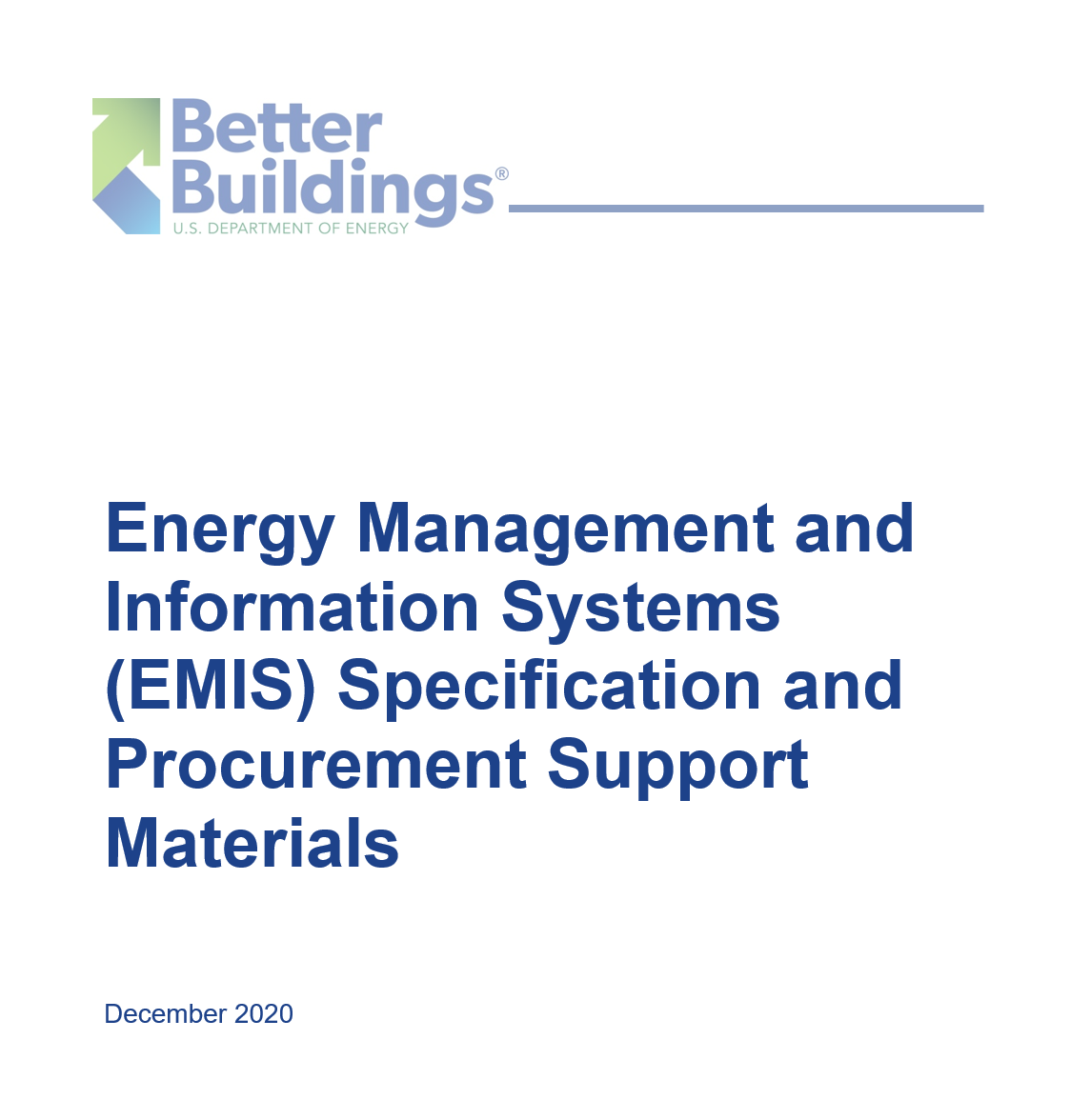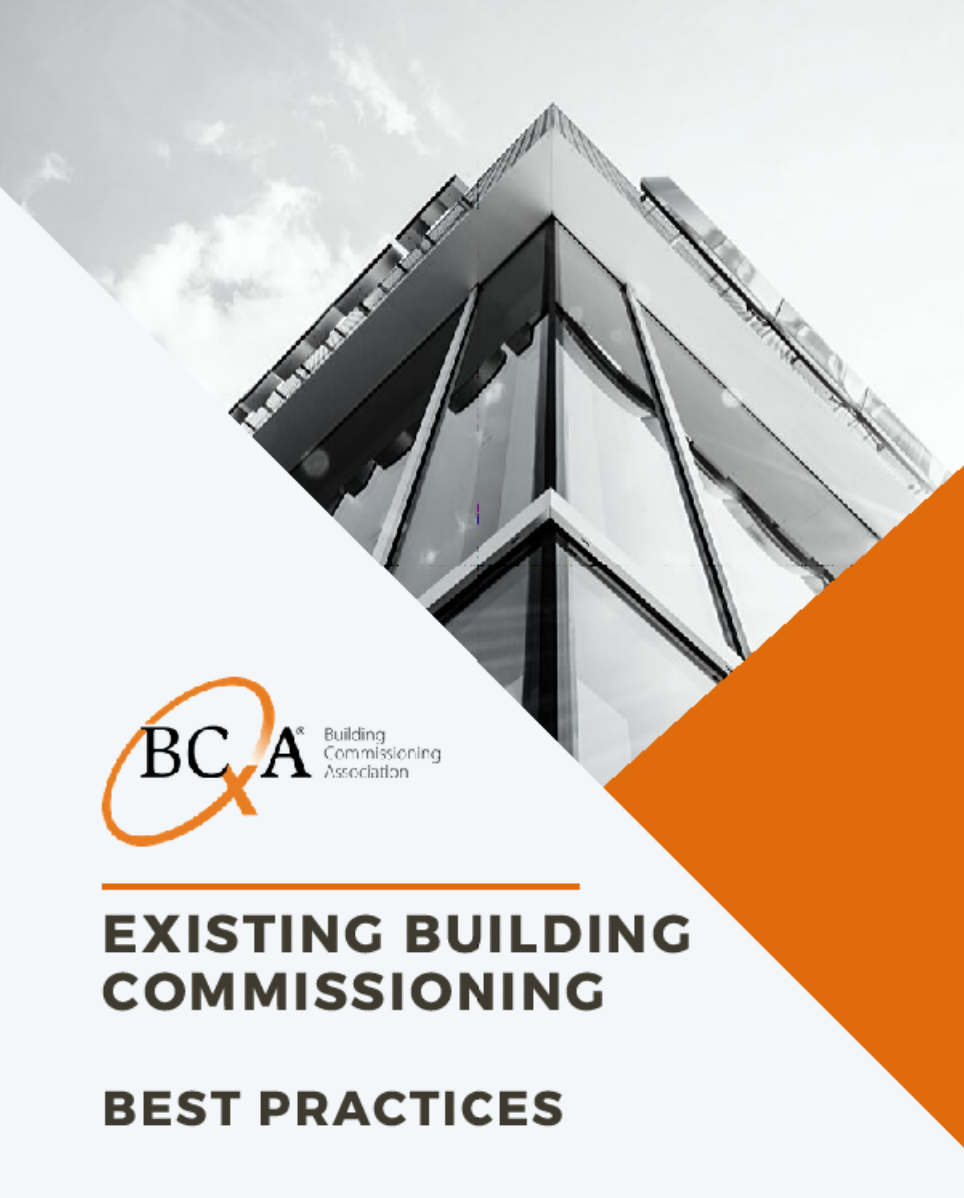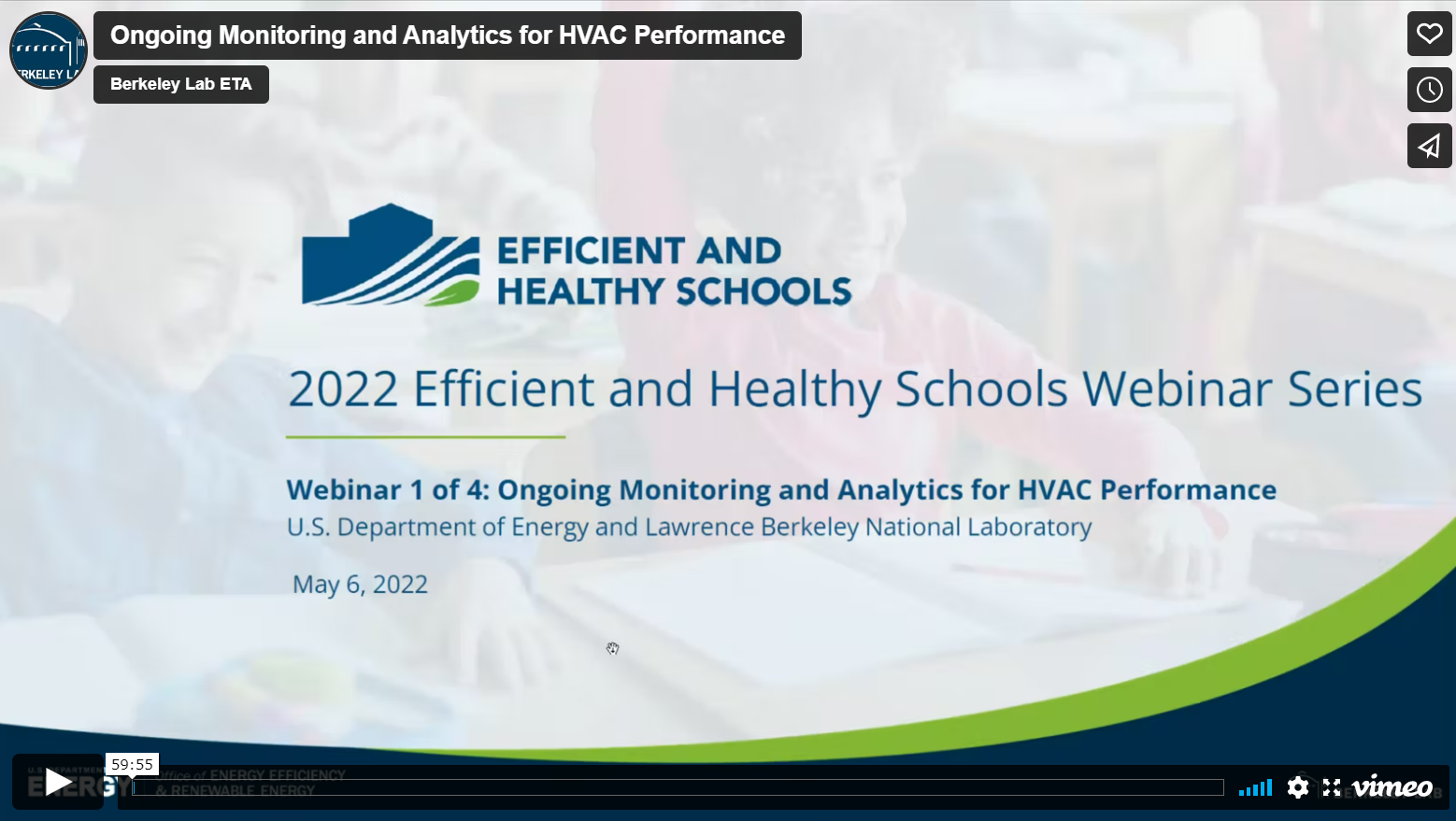Assessment and Analytics
This form is designed to help schools collect specific information that will be useful for providing an assessment of the facility, capturing important building characteristics including heating, ventilation and air conditioning system details, and site energy use intensity. Collecting this information is an important first step in identifying potential retrofit opportunities for your school and estimating costs, savings, and health and safety benefits from implementing Energy Conservation Measures (ECMs).
DOE’s Smart Energy Analytics Campaign (2016-2020) provides technical resources (specifications and procurement support materials), webinars, case studies, and other materials to promote the use of energy management and information systems (EMIS) to save energy and improve building performance.
Energy Star Portfolio Manager allows you to benchmark your school, measure and compare your buildings energy to similar buildings, past consumption or reference a performance level. It provides an ENERGY STAR score to compare your buildings performance to similar schools nationwide, and its normalized for weather and operating characteristics.
This page will help you: find out what you'll need to benchmark, set up and populate your account in Portfolio Manager, automate your data submission, see if your utility provides energy data for benchmarking, and web services to exchange data with Portfolio Manager.
The Building Energy Asset Score provides information for buildings similar to whats found in energy guides, using regional statistical data to combine modeling with whole building energy simulations o evaluate the building and its systems. It requires basic knowledge of the building, HVAC systems, and operations. Asset Score assigns a rating from 1 to 10, with 10 reflecting the most energy efficient. The scoring does not depend on providing utility information. The data can also be imported into ENERGY STAR Portfolio Manager.
BETTER is software toolkit that enables building operators to quickly, easily identify the most cost-saving energy efficiency measures in buildings and portfolios using readily available building and energy data. With minimal data entry, BETTER benchmarks a building’s or portfolio’s energy use against peers; quantifies energy, cost, and greenhouse gas (GHG) reduction potential; and recommends energy efficiency measures (technological and operational) for individual buildings or portfolios, targeting specific energy savings levels.
What is Energy Management? Energy management is a culture for continual improvement of energy performance and efficiency that’s integrated within an organization’s everyday business practices. Organizations with an energy management system achieve energy and cost savings through informed decision making and the implementation of energy saving practices for sites, processes, equipment and operations. ISO 50001 is the international standard for establishing and maintaining energy management systems.
O&M checklist tool for small buildings and assists in identifying O&M opportunities. This tool is broadly applicable and created for energy managers, operations, and maintenance managers.
Focused on planning for maximizing energy savings. Includes step-by-step instructions for implementing an energy management plan for small businesses that can be used in a school setting. Also appropriate for both technical and non-technical audiences. Includes: financial plan template, risk assessment, borrowers guide, tax incentives, decision support tools, and more.
The ENERGY STAR Guidelines for Energy Management provides a proven strategy for creating an energy management program focused on continuous improvement of energy performance. Continuous improvement of energy performance requires establishing effective energy management practices and processes to guide the energy program. Any organization, regardless of size, function, or mission can develop an effective energy program if they are willing to make the commitment.
Re-tuning describes an approach to detect energy savings opportunities and implement low-cost changes for buildings with and without Building Automation Systems (BAS). Online training materials and publications are available to guide schools and other building types to improve both energy performance and occupant comfort.
This report provides an overview of their capabilities, the MBCx process, and how MBCx can be integrated into—and benefit—each phase of a performance contract. This report is intended to spur increased use of MBCx in performance contracts, whether an agency has previously installed or is considering adding MBCx at the time of their project. Additionally, case studies illustrate successful experiences using MBCx within performance contracts at a university campus and across a large number of buildings managed by the General Services Administration.
Energy Management and Information Systems (EMIS) are a broad family of tools and services used to manage building energy use. EMIS include monthly data analytics, energy information systems, fault detection and diagnostic tools, and automated system optimization software. An EMIS can be used to provide a number of recognized benefits: Identify energy efficiency opportunities, Detect system or equipment faults, Track and compare building and equipment performance, Track and manage demand charges, Validate utility bills, Measure and verify project-specific savings, Provide data to ground and set energy goals.
This package of materials is intended to guide you through the specification, procurement, and selection of an Energy Management and Information System (EMIS) or related building performance monitoring and diagnostic technology.
This document describes and defines “best” practices for conducting Existing Building Commissioning (EBCx) projects, beyond minimum practices required to satisfy codes and standards. Best practice deliverables for each phase are listed at the end of their respective chapters.
Links and resources for key aspects of operations and maintenance for all building types. Provides step-by-step instructions and focuses on: best practices, indoor environmental quality, energy performance, and occupant comfort.
Resources and straighforward guidance to assist with the benchmarking process. This includes: guide to designing a benchmarking plan, benchmarking tools, other energy tools such as Asset Score, resources and data collection, analyzing and interpreting results, and more.
Primer for getting started with energy efficiency that serves as a non-technical guide. This introductory material is focused on energy efficiency for small businesses, and can be adapted for schools. Includes: financing and a high level decision tree that charts a path toward implementing energy upgrades.
The webinar on May 6, 2022 featured two awardees from the campaign’s recognition program: Davis School District, UT and Adams 12 Five Star Schools, CO.
Presenters also included campaign staff and technical experts, who shared best practices for using energy management and information systems (EMIS) to improve HVAC performance and operation through fault detection and diagnostics, benchmarking, and commissioning.
